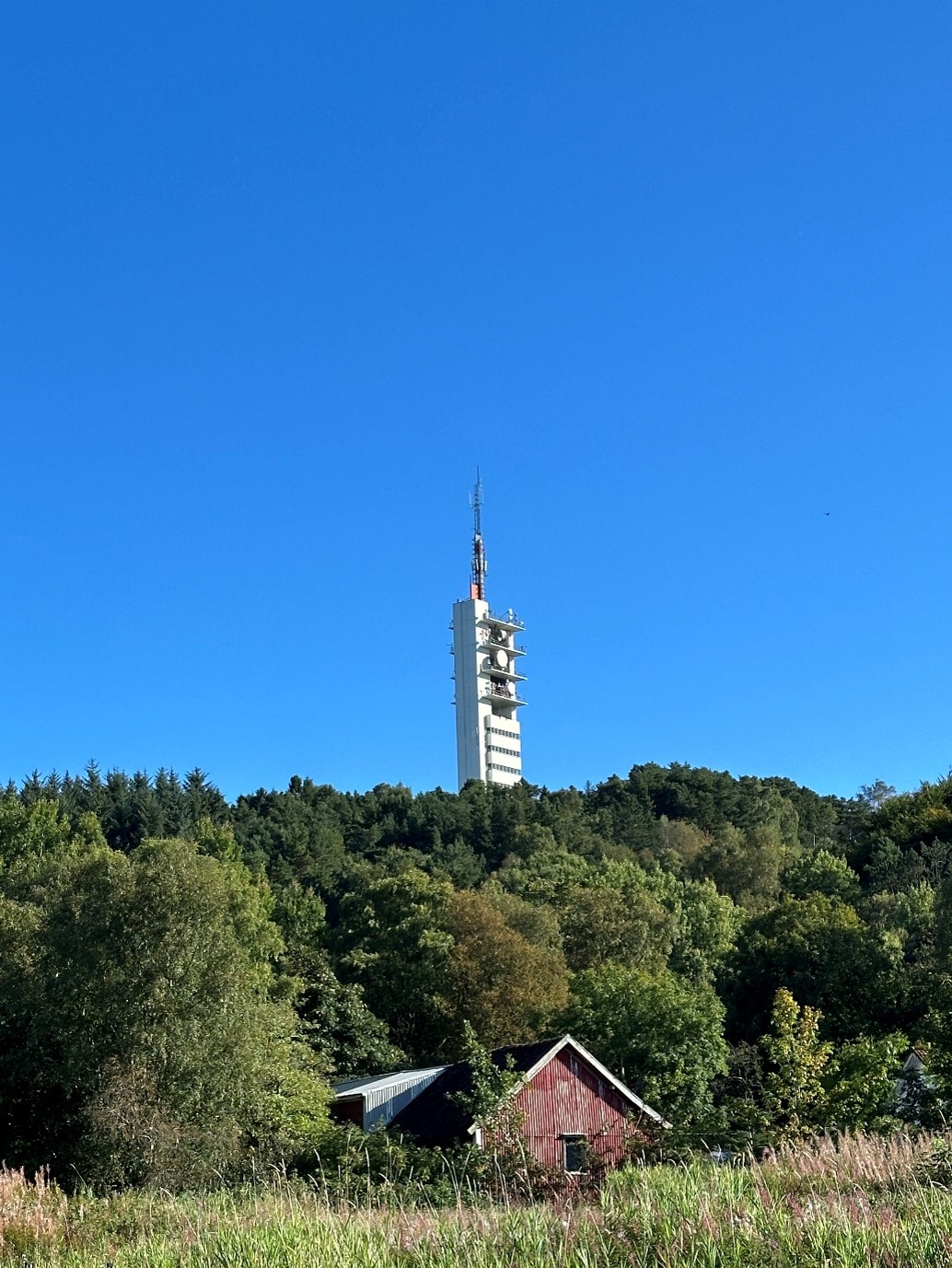Hyeonbin Park, a Ph.D. student in the Graduate School of Science and Technology Policy at the Korea Advanced Institute of Science and Technology, South Korea, reflects on a research visit to The Greenhouse

Hello,
I am Hyeonbin Park, a Ph.D. student in the Graduate School of Science and Technology Policy at the Korea Advanced Institute of Science and Technology, South Korea. I would like to begin by expressing my deep gratitude to Dolly and Finn Arne Jørgensen, as well as the Greenhouse and the University of Stavanger, for hosting me as a visiting student for one month last August (2024). The kindness and intellectual engagement of everyone at the Greenhouse inspired me in numerous ways, from stimulating conversations to birdwatching. The environment, including the accommodations and the library—the latter home to a rich collection of environmental humanities books—was calm, clean, and conducive to reflection. The experience allowed me to gather ideas and insights, as if they were floating on clouds in Stavanger. Now, back in South Korea, I am waiting for those ideas to take shape, to condense and rain down onto my notes, bringing clarity and inspiration. This letter reflects on some of the key aspects of my experience.
Student Excursion: Reading Stories from the Surroundings
My visit began with the student excursion (August 2–6), which preceded the Asia–Norway Environmental Storytelling (ANEST) conference. Around twenty participants, hailing from various Asian countries such as South Korea, Japan, China, Taiwan, and Hong Kong, gathered for this event. Dolly and Finn Arne expertly guided us through a well-organized 4-day program that explored the industrial and landscape history of Stavanger and its surroundings. Highlights included learning about the oil industry in Stavanger, the agricultural landscapes in Utstein and Jæren, the wool industry in Figgjo, the porcelain industry in Egersund, and the Jæren coastal landscape conservation area. The excursion allowed us to not only appreciate the natural and cultural heritage of these areas but also reflect on the ways landscapes, museum exhibits, and other forms of representation narrate environmental stories—stories shaped by interactions between humans and non-human actors.
ANEST Conference: A Banquet of Transdisciplinarity
Although I cannot summarize all the fascinating presentations at the ANEST Conference (August 7–9), I would like to share one particularly memorable experience: the workshop. Three workshops were organized to foster free discussions and activities around the theme of environmental storytelling. I participated in the "Environmental Storytelling: Pedagogy and Syllabus Workshop." While I have not yet had the opportunity to teach environmental studies myself, I thoroughly enjoyed the discussions, which explored the use of diverse narrative formats—such as music, film, nature writing, and novels—in teaching environmental studies in various disciplines. A film session during the conference further illustrated how affective and creative approaches can enrich environmental storytelling. Overall, the conference was a vibrant celebration of transdisciplinary dialogue, offering glimpses of innovative and critical pedagogy, and reminding us how much we can learn from each other.
Days on Campus: A Joyful Time for Conversation
For the remainder of my stay, I mostly worked on campus, commuting to the Greenhouse library, except for a few days when I visited museums downtown. I found immense joy in engaging in conversations with Greenhouse members during the environmental humanities book talks, lunch breaks, and coffee gatherings. I also had the opportunity to present my ongoing dissertation project, tentatively titled Burning Questions: Toward More-Than-Human Riskscapes in Korean Forests, at the Greenhouse research talk. The calm and focused atmosphere allowed me to organize my thoughts, and the valuable feedback from Greenhouse members will undoubtedly serve as important stepping stones for my future research.
Capturing the Moment
Each day, as I walked to the Greenhouse library, I would take a photograph of Ullandhaugtårnet, the telecommunications tower atop the hill near the campus. Built in 1964 and now a well-known viewing platform, the tower became, for me, an analogy for how humans, technoscience, and the environment co-shape and share landscapes, currently standing in a state of seeming harmony. My research primarily focuses on the challenges posed by their entanglements in disasters and risk-related science and policies. However, as I enjoyed capturing the tower in repeated photos, I began to envision a more hopeful future for these relationships. I hope that my time at the Greenhouse continues to inspire me to find better ways to navigate and reimagine our environmental futures.
Once again, I extend my heartfelt thanks to the Greenhouse for this unforgettable experience.
Brief introduction of myself: I am Hyeonbin Park, a Ph.D. student in the Graduate School of Science and Technology Policy at the Korea Advanced Institute of Science and Technology, South Korea. I am studying at the intersection of science and technology studies (STS), environmental history, and disaster studies. My dissertation research is about exploring more-than-human relationalities going through forest fire and relevant sciences and policies to understand and manage fire risk in different manners.
Contact info: hyun1379@kaist.ac.kr
CV page: https://www.notion.so/Curriculum-Vitae-4af0ea1848e946cabd92ecc8e2e97691?pvs=4